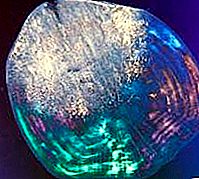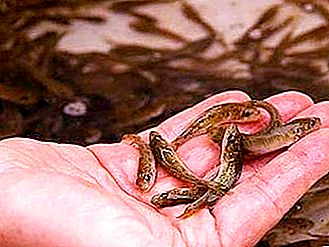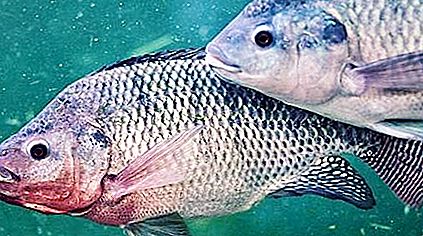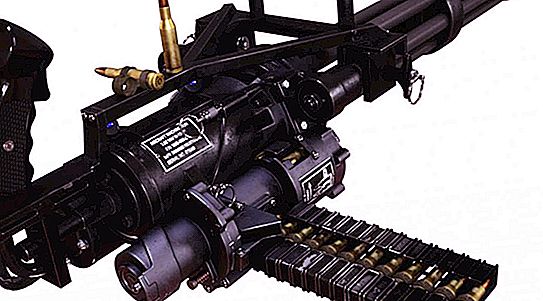The question "How to determine the age of the fish?" long been interested in scientists and, as it turned out, to do this is not so difficult.

If you look at the fish scales under a microscope or even under the most common magnifier with a tenfold magnification, you can easily see rings similar to rings on a wood saw. Each of the rings corresponds to 1 year of fish’s life and is called “winter”, although in some cases it may appear in spring or summer. It is interesting that these annual rings are formed on the scales of fish of equatorial waters, as well as in fish living at great depths, although it would seem that they constantly live in unchanging climatic conditions. Therefore, the answer to the question "How to determine the age of river fish and the age of sea fish?" the same - the habitat does not affect this.
How to determine the size of fish in different years of its life?
By scales, you can determine not only the age of the fish, but also the length that it reached annually. Suppose a meter-long fish has scales with a radius of one centimeter. The distance from the first annual ring to the center of the scale is 6 millimeters. Consequently, at the age of one year, the fish was 60 centimeters long.
If, for example, you look at the scales of salmon, you can easily see that in the first two years of life, the fish grew very slowly. The inner growth rings are located very close to each other. Then growth accelerated markedly. And this means that the young fish went to sea from the river, where there was much less food. Traces of fish participation in spawning and past diseases may remain on the surface of the scales. As a result, for a knowledgeable ichthyologist, a fish flake serves as a genuine passport, making it possible to find out the age, annual size, time spent in the sea, river and the number of spawning.
How to determine the age of fish that do not have scales or are very small?

In this case, the necessary analysis can be done on the gill cover, transverse vertebrae cut and auditory stones. Thanks to modern methods for determining the age of fish, many misconceptions about the extraordinary longevity of carps, pike and catfish were dispelled. Although to this day, in the popular and educational literature mention the pike, as if lived 267 years and reached the weight of nine pounds. The portrait and skeleton of this pike have been shown in German museums for a long time. Later, counting the vertebrae in the skeleton showed that it is mounted from the bones of two (or more) large pikes and is the result of the creation of adventurous ancestors by the well-known Ostap Bender.
And if you operate only with reliable data, then the age limit of pike, catfish and white halibut is 80 years, cod - more than thirty, beluga - about a hundred, ocean herring - 25, common carp - 20, pink salmon - 2, and Azov hamsa - 3. However, cod at the age of 30 is less common than 100 year olds. Sea bass grows much slower than cod. The predominant specimens in the catches are about 40 centimeters long and have a respectable age (up to 17 years!). As a rule, all deep-sea fish grow very slowly. The increase in fish length slows over the years, and weight gain usually accelerates.
How to determine the age of marine fish on other grounds?
He's good

determined by the bones: each year spent by a fish is indicated by a strip on the gill covers. Ichthyologists found that even cartilaginous fish have annual rings. They form on the thick rays that are located at the base of the pectoral fins. And in certain fish species, age is determined by otoliths. When it is cut, the annual rings are clearly visible. Scientists are very seriously thinking about the question of how to determine the age of fish as accurately as possible, since this is of purely practical importance. To predict the abundance of a particular species, you need to understand the dynamics of the development of this species. A large number of fish reach maturity quite late. So, Amur salmon for the first time spawns in twenty years. During this time, they are closely monitored, since even minor changes in their environment can cause the death of the whole species.
So how to determine the age of the fish?
It turns out that there is nothing complicated here, and there are many ways to do this. There are more complicated methods, but there are very simple ones available to any of us. You just need to arm yourself with a magnifying glass.




